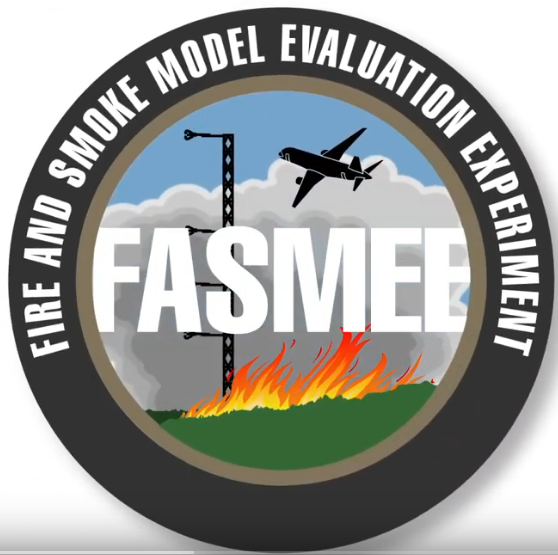The Fire and Smoke Model Evaluation Experiment (FASMEE) is a multi-agency effort to provide advanced measurements necessary to evaluate and advance operationally-used fire and smoke modeling systems and their underlying scientific models.
The field campaign will be conducted on large operational prescribed fires targeting heavy fuel loads and burned to produce high-intensity fires with developed plumes in the southeastern and western United States.
AREAS OF SCIENTIFIC FOCUS:
-
Wildfire Fuels and Consumption
-
Fire Behavior and Energy
-
Smoke Plume Dynamics and Meteorology
-
Smoke Emissions, Chemistry, and Transport
PROJECT OUTCOMES AND COMMUNITY IMPACT:
-
Improved scientific knowledge of the physically coupled fuels– fire–smoke–chemistry system.
-
Exportable methodologies for measuring fuels for fire spread, fuel consumption, and fire emissions models.
-
New insight concerning the processes that drive the spatial organization of fire energy and emissions which defines the transition between fires and plumes that impact air quality.
-
Improvement of existing operational fire and smoke models and the development of new, more advanced models based on the collection of an unprecedented dataset (fuels, fire, meteorological, and smoke plume and chemistry).
FASMEE OBJECTIVES:
-
Identify the critical measurements necessary to improve operational wildland fire and smoke prediction systems.
-
Collect observations through a coordinated field campaign.
-
Use these measures and observations to advance science and modeling capabilities.
Contact:
Tim Brown, Ph.D, Research Professor,
Desert Research Institute (775) 674-7090 tim.brown@dri.edu

